Vintage Tribal Kilim Runner 2' 10" x 13' 2" (34" x 158")
Type:
Kilim RugsCollection:
Tribal RunnersID:
K0071123Size:
Material:
The designs feature a rich array of symbols representing tribal culture and Anatolian motifs, often in the form of medallions, diamonds, and other geometric shapes.
The designs feature a rich array of symbols representing tribal culture and Anatolian motifs, often in the form of medallions, diamonds, and other geometric shapes. These kilim runners are ideal for hallways and narrow spaces, offering a touch of ethnic charm and artisanal quality to any interior.
Herki kilims not only serve as functional floor coverings but also as artistic expressions of tribal identity, making each rug a unique cultural artifact.
Design Elements
- Pattern: The vintage tribal kilim runner features a geometric pattern characterized by diamond and zigzag motifs, which create a rhythmic visual flow.
- Texture: The flat woven technique of kilim gives the runner a smooth texture, enhancing its durability while showcasing intricate craftsmanship.
- Borders: The rug has a prominent border that frames the central design, often featuring contrasting colors that emphasize the inner motifs.
- Symmetry: The arrangement of patterns is symmetrical, creating balance and harmony within the design, an important aspect of tribal rug aesthetics.
Colors
- Earth Tones: The predominant palette includes warm earth tones such as browns, ochres, and beige, connecting the rug to nature and symbolizing warmth and comfort.
- Accent Colors: Soft pastels like muted yellow add vibrancy and contrast, drawing attention to the central motifs and creating visual interest.
- Neutral Shades: The use of grey and cream provides a grounding effect, balancing the overall color scheme and enhancing the rug's versatility in various settings.
Main Motifs and Their Symbolism
- Diamonds: Often symbolize prosperity and wealth, reflecting a connection to abundance and the promise of good fortune.
- Zigzags: These patterns represent the flowing movement of water, embodying the significance of life and fertility within the environment.
- Triangles: Commonly associated with strength and protection, triangles also reference the mountains and the stability they provide.
- Central Medallions: These motifs can signify a spiritual center or a focal point of energy, enhancing the rug’s connection to cultural heritage and identity.
Summary
The vintage tribal kilim runner showcases geometric patterns, a balanced use of earth tones, and unique accent colors that create visual intrigue. The main motifs, including diamonds, zigzags, and triangles, hold significant symbolic meanings, representing prosperity, the flow of water, and strength. This blend of design elements and colors not only enhances the aesthetic appeal but also communicates deep cultural narratives associated with tribal heritage.
- Ships in 1-4 business days
- Only one in stock, handmade, unique
- Free shipping via FedEx Express. Easy returns
- Contact us or add a note to your order if you want us to delay your shipping.
- Request more info if you want this rug shorter or narrower
Colors may appear slightly different across various monitors due to screen settings device differences, and external lighting conditions. If color accuracy is important for your space, we recommend viewing the rug on multiple devices or contacting us for a detailed color description. We can provide detailed photos and references using Sherwin-Williams, Benjamin Moore, Pantone, or even Crayola crayons.
You can also visualize most of our products in your own room with AR (augmented reality) on an iPhone or iPad.
Return Policy
Need a rug pad? We recommend RugPadUSA
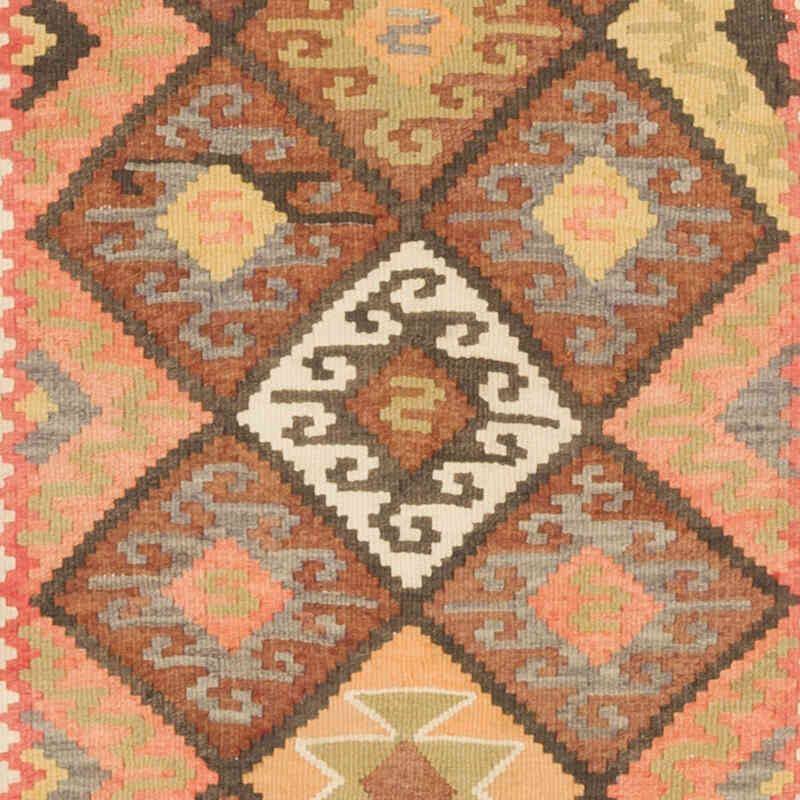

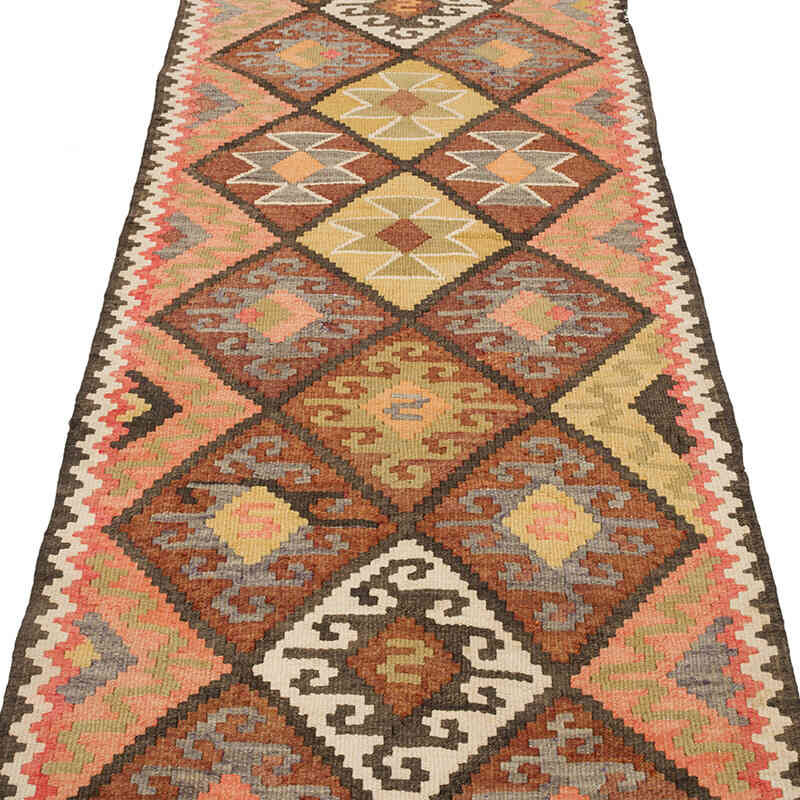
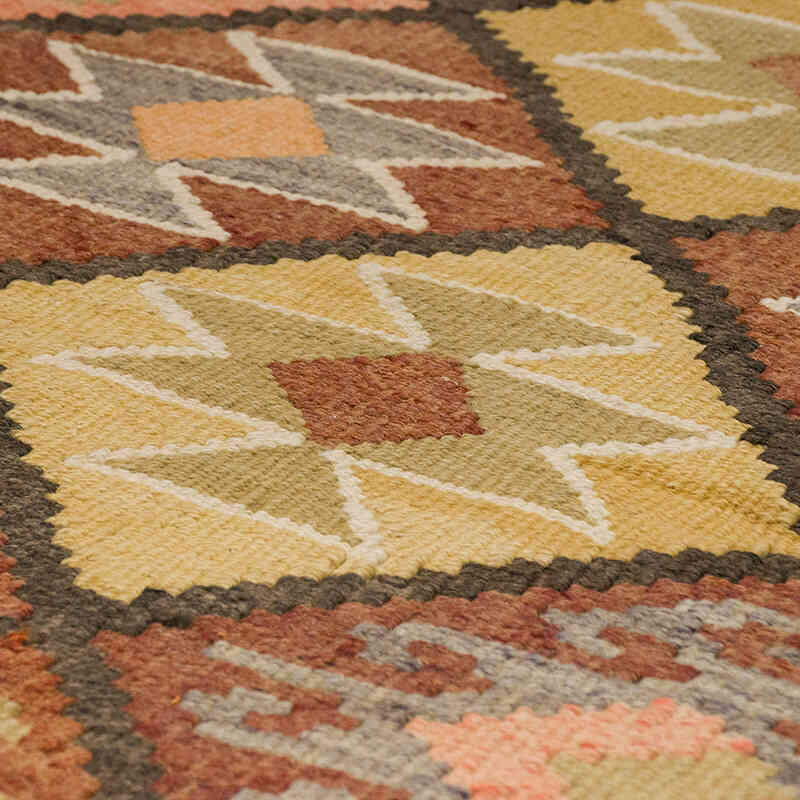
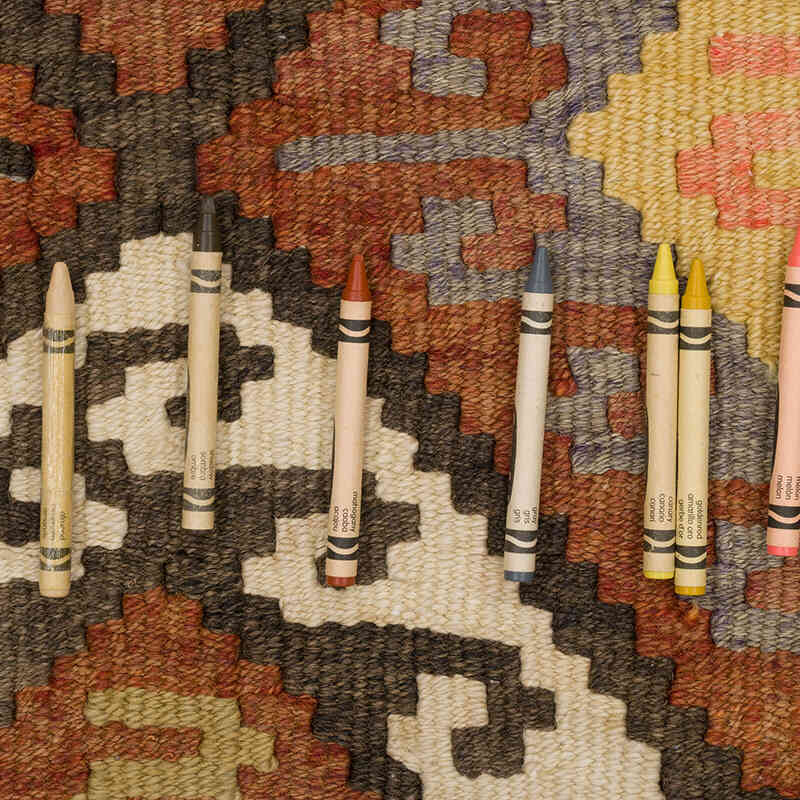
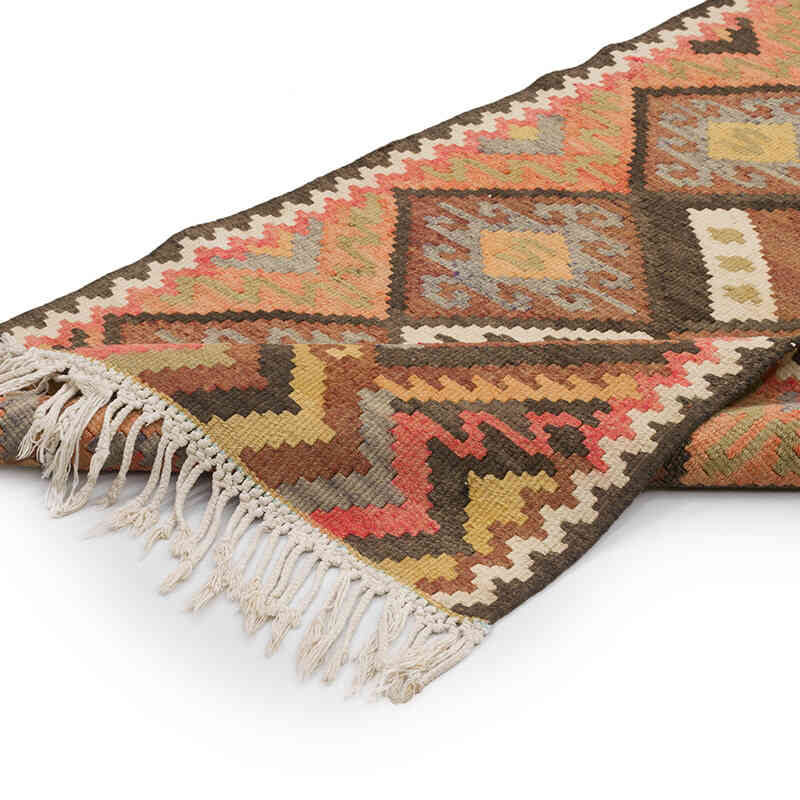
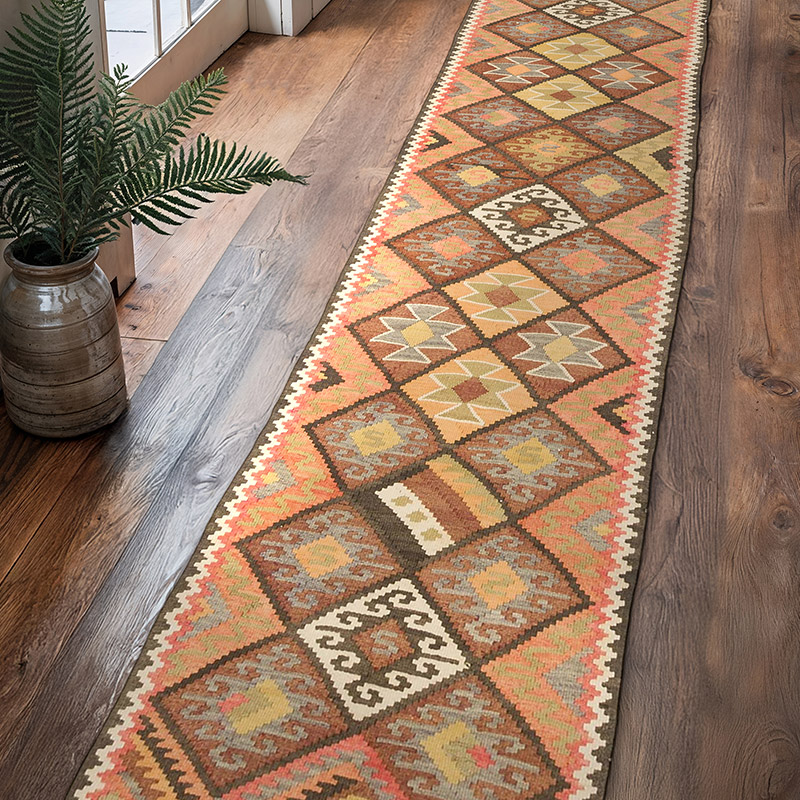
















Great rugs